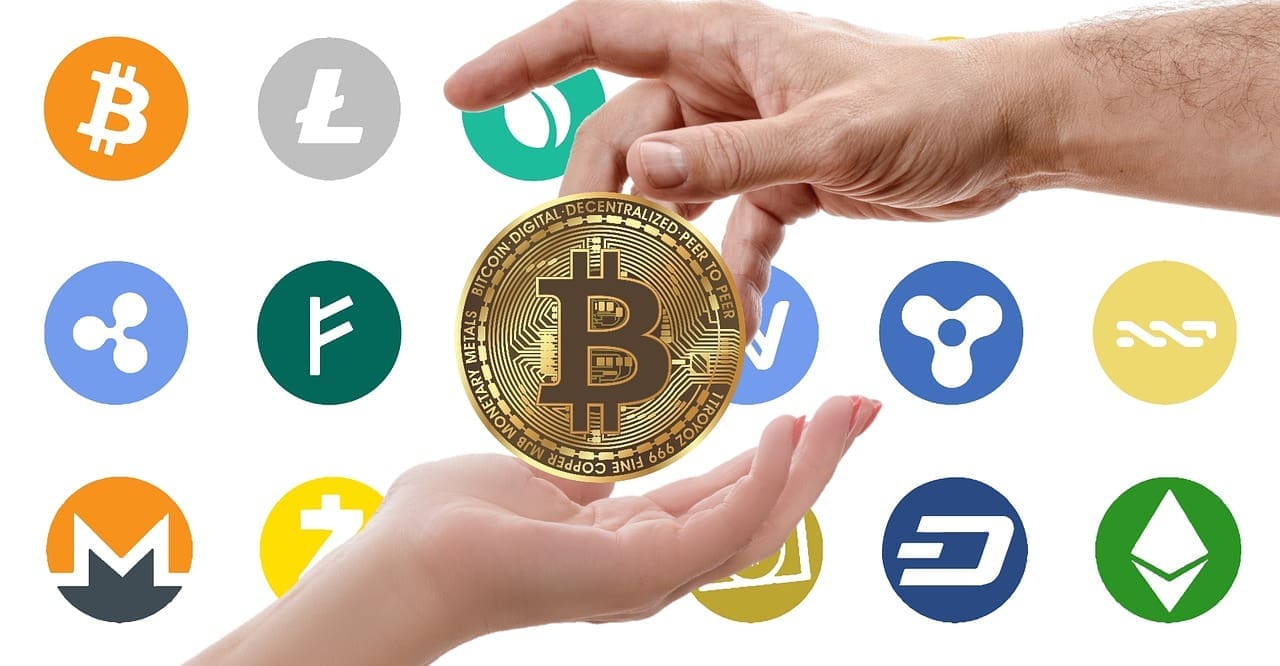In that article, we will explore the process of bridging which consists of strategically connecting two distinct networks, highlighting the significance of syncing multiple wallets and its implications for crypto users.
While managing multiple wallets from various blockchains may seem daunting, the process of syncing simplifies and optimizes both the safety and efficiency of managing wallets.
Throughout this article, you will gain deep insights on streamlined processes for multi-wallet bridging, including safety and reliability tips, detailed instructions, and essential do’s and don’ts.
What Does it Mean To sync Multiple Wallets For Bridging?
Syncing multiple wallets for bridging refers to linking two or more cryptocurrency wallets to a bridging service for streamlined management of assets across various blockchains. Each wallet may contain different cryptocurrencies or function on different networks.
Syncing enables multi-wallet transaction capabilities without the need to switch platforms. This configuration provides more adaptability, safety, and efficiency, allowing users to diversify their portfolio, safeguard against risk, and keep multiple backups.
Users can safely bridge tokens, track real-time progress, and automate multi-chain processes by verifying wallet addresses and network compatibility, hence expediting and systematizing cross-chain transfers.
How To Sync Multiple Wallets For Bridging
Illustration: Syncing Multiple Wallets for Bridging on Multichain

Navigate to Multichain Go to the official Multichain website and check your connection to ensure it is secure.
Connect Your Initial Wallet Click on “Connect Wallet” and choose MetaMask. Approve the connection using the wallet app.
Connect Your Second Wallet Use a different wallet like Trust Wallet or a hardware wallet such as Ledger. Follow the same steps and verify each wallet address.
Select Source and Destination Chains Select the token along with the source chain and destination chain for the bridging.
Approve and Execute Transactions Approve the transaction with the connected wallet. For users with multiple wallets, repeat this process as needed.
Monitor Transfers Monitor the bridging using Multichain and blockchain explorers to check the transaction status.
Why Sync Multiple Wallets?
Enhanced Security and Backup Using multiple wallets enhances security and backup options, and minimizes risks across various assets even if one wallet is hacked.
Managing Multiple Blockchains Simultaneously Through wallet syncing, users no longer need to swap between wallets or platforms to manage assets across diverse blockchains.
Simplifying Multi-Chain Transactions Cross-chain token transfers are automated, efficiently managed within a single interface, and are less likely to encounter user error.
Tips for Safe Multi-Wallet Bridging
Avoid Untrusted Platforms and Public Wi-Fi
Connecting wallets on unsecured networks or untrusted platforms exposes users to hackers, risking fund theft and compromising wallet security.
Large Transfers Should Start with Small Scaled Tests
Verifying sync and functionality with a small token amount helps mitigate risks during larger bridging transactions.
Establish Quick Access for The Wallets You Regularly Use
Clearly labeling and managing wallets prevents operational confusion and reduces mistakes during cross-chain transfers.
Bridging Platforms Should Only Be Used if Trusted
Use of untrusted, unverified bridging platforms exposes users to phishing attacks, scams, and other malicious contracts resulting in asset loss.
Troubleshooting Common Issues
Wallet Not Connecting to the Bridge Confirm the wallet is unlocked, bridge website is official, network is compatible, wallet is updated, refresh, or reconnect if necessary.
Transactions Failing or Stuck Verify network gas fees, network congestion, wallet approvals, attempt to process small amounts, or contact support if transactions hang.
Duplicate Wallet Detection Issues Some bridges prevent multiple connections from the same machine resolving requires use of different browsers, cache clearing, or individual wallet connections.
Steps to Resolve Errors Safely Correct wallet address, perform minimal transaction testing, avoid exposing private keys, and use official support from the platform to remedy bridging errors.
Pros And Cons
| Pros | Cons |
|---|---|
| Centralized Management: You can manage multiple wallets in one interface, simplifying bridging tasks. | Complex Setup: Syncing multiple wallets requires careful configuration to avoid errors. |
| Time-Saving: Quickly transfer assets between wallets without repeated logins. | Security Risks: More wallets connected increases potential attack vectors if not secured properly. |
| Improved Flexibility: Easily bridge assets across different chains or platforms. | Compatibility Issues: Some wallets may not fully support multi-wallet syncing features. |
| Tracking & Monitoring: Easier to monitor balances and transactions across wallets in one place. | Technical Knowledge Required: Beginners may find syncing multiple wallets challenging without guidance. |
| Efficient Bridging: Streamlines cross-chain transfers, reducing delays and manual steps. | Potential Errors: Misconfigured wallets can lead to failed or lost transfers. |
Conclsuion
In conclusion, the integration of multiple wallets for bridging provides greater flexibility, security, and overall efficiency when dealing with assets throughout various blockchains. Users are able to achieve cross-chain transfers with minimal risks by strategically connecting wallets, confirming addresses, and conducting test transactions.
Adhering to the recommended multi-wallet bridging practices—employing official services, consolidating wallets, and using nominal amounts—offers a safe, simple, and dependable experience for novice and seasoned users alike.
FAQ
Yes, most bridges allow concurrent transactions, but ensure you double-check addresses and chain selections to prevent errors.
Label each wallet clearly, monitor transaction status on the bridge, and use blockchain explorers for confirmation.
Yes, bridging incurs network and platform fees per transaction, so syncing multiple wallets doesn’t eliminate fees; it only gives flexibility.









Leave a Reply